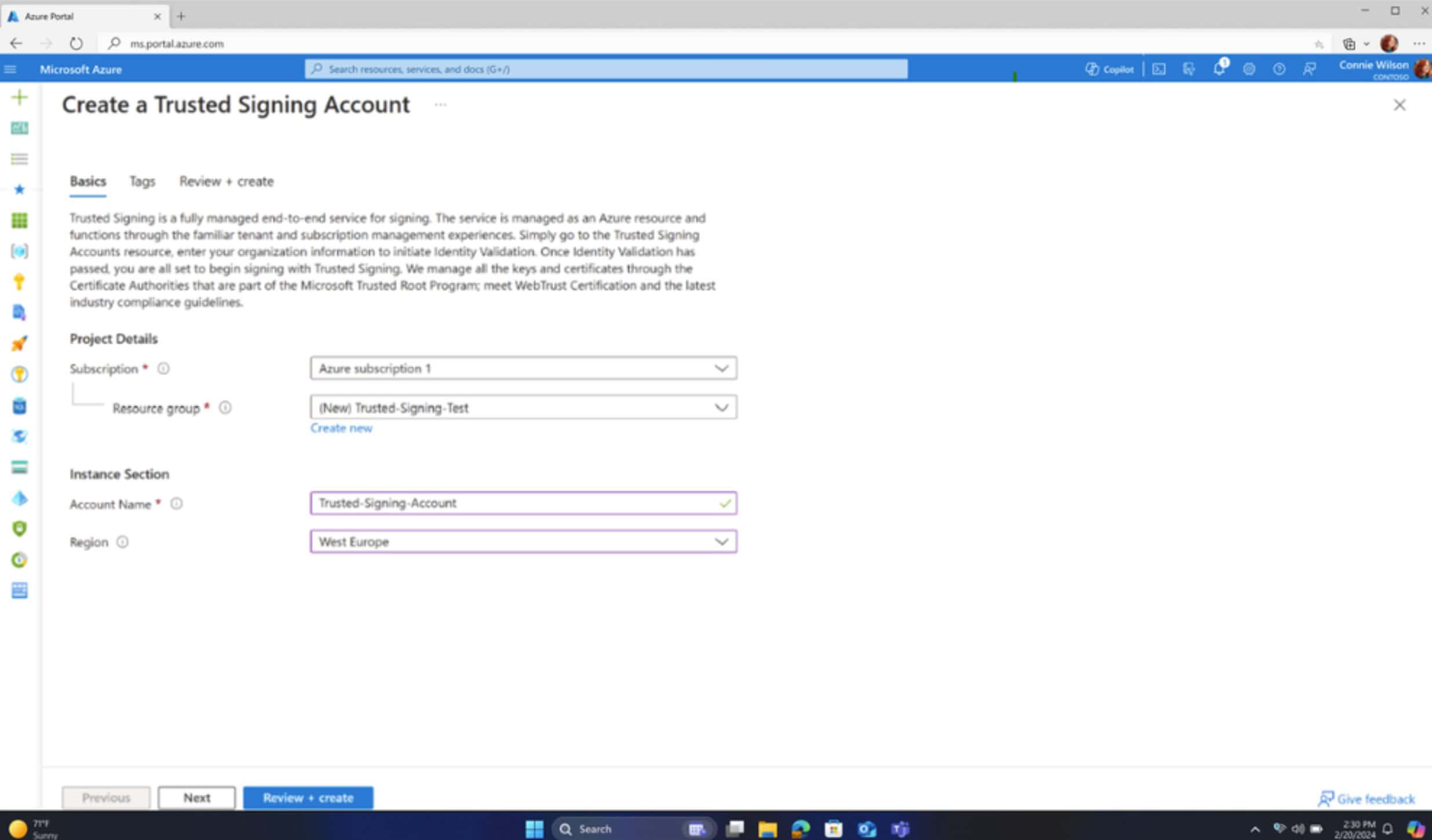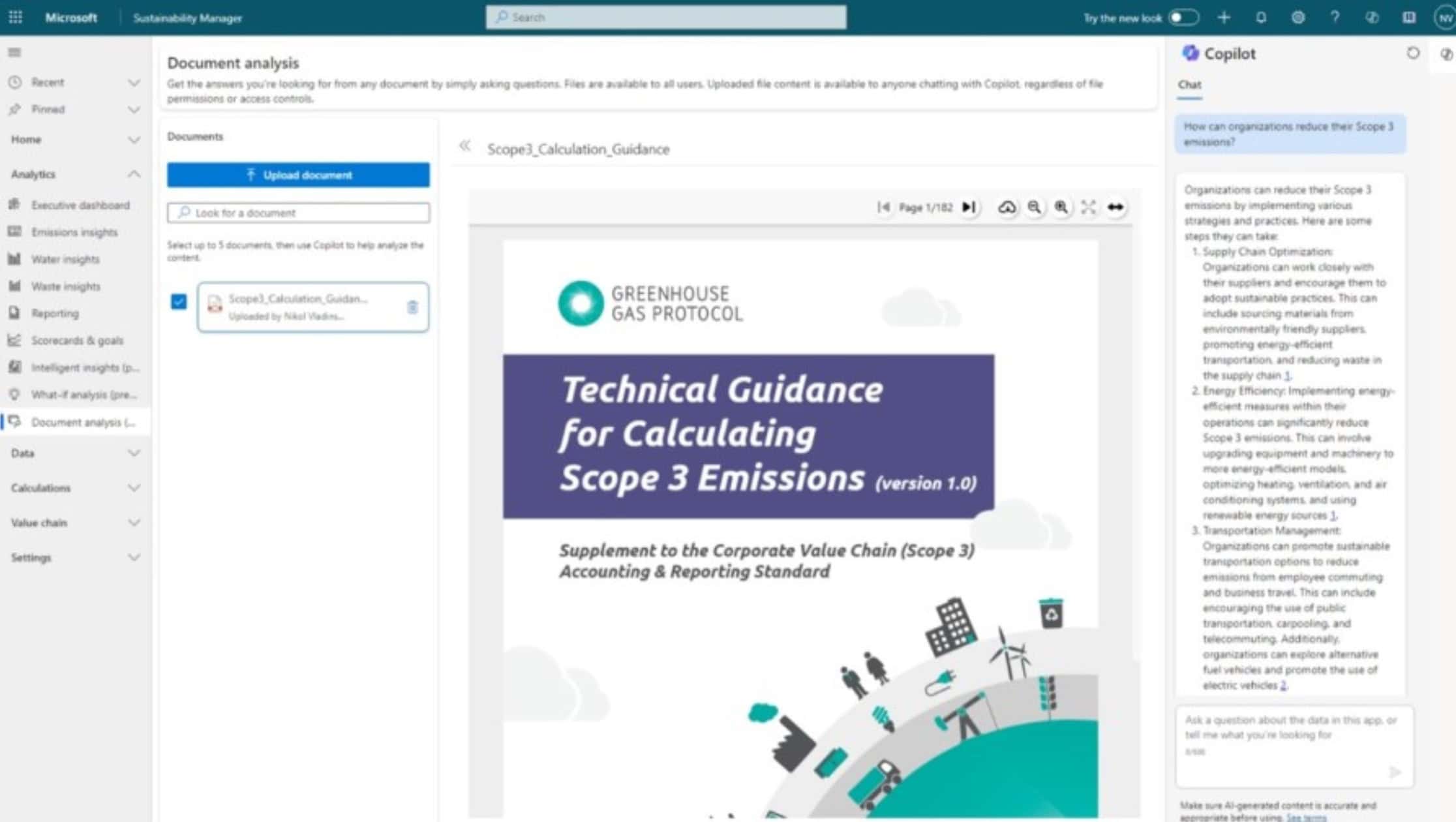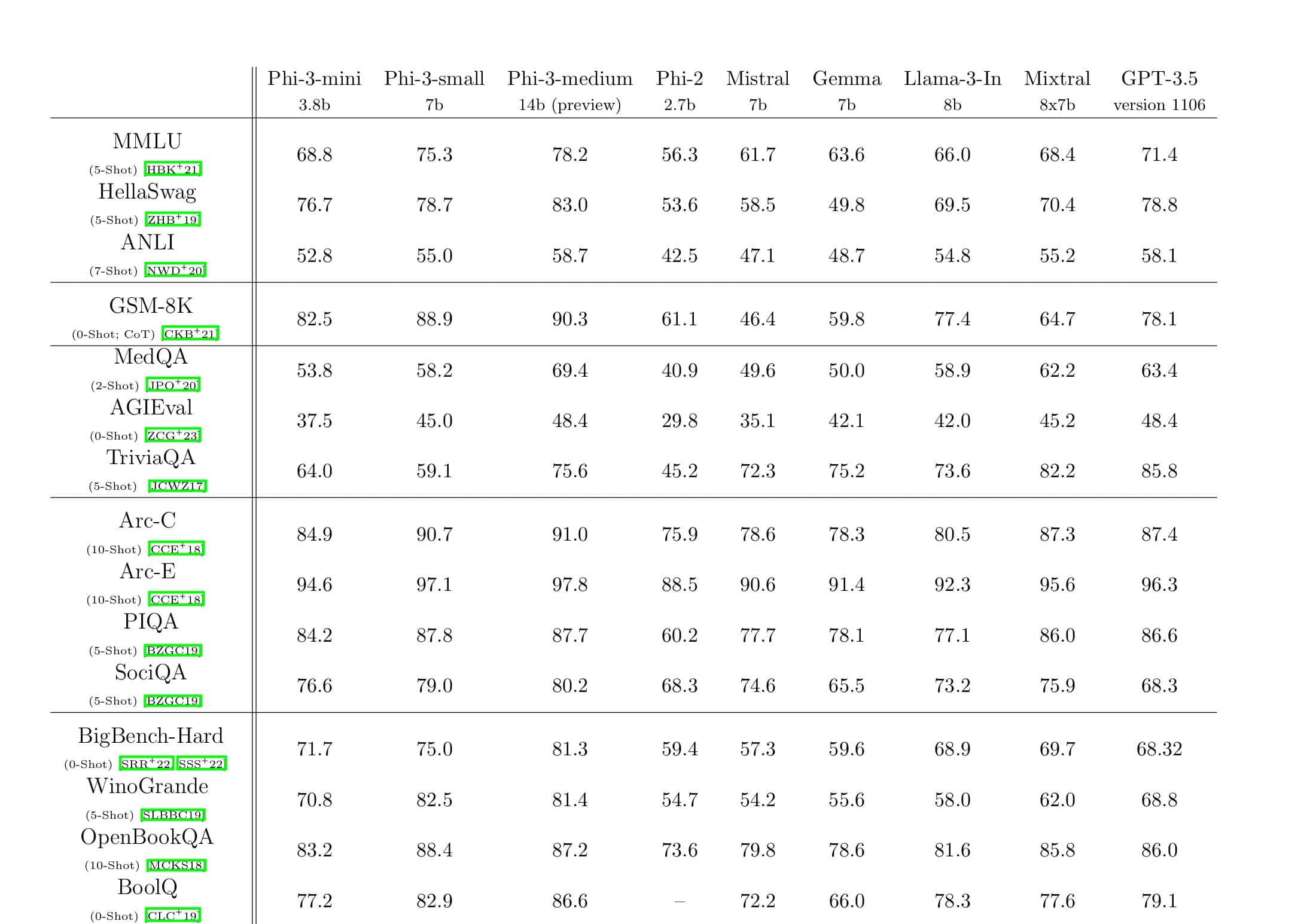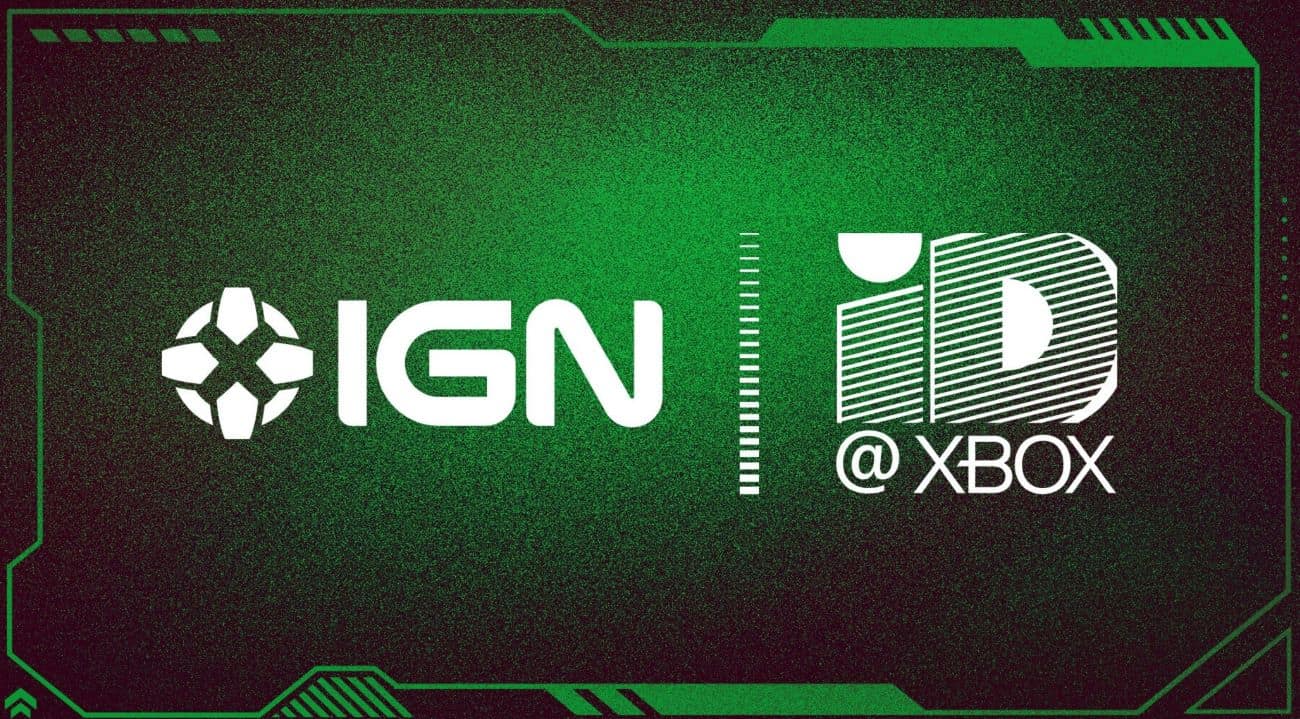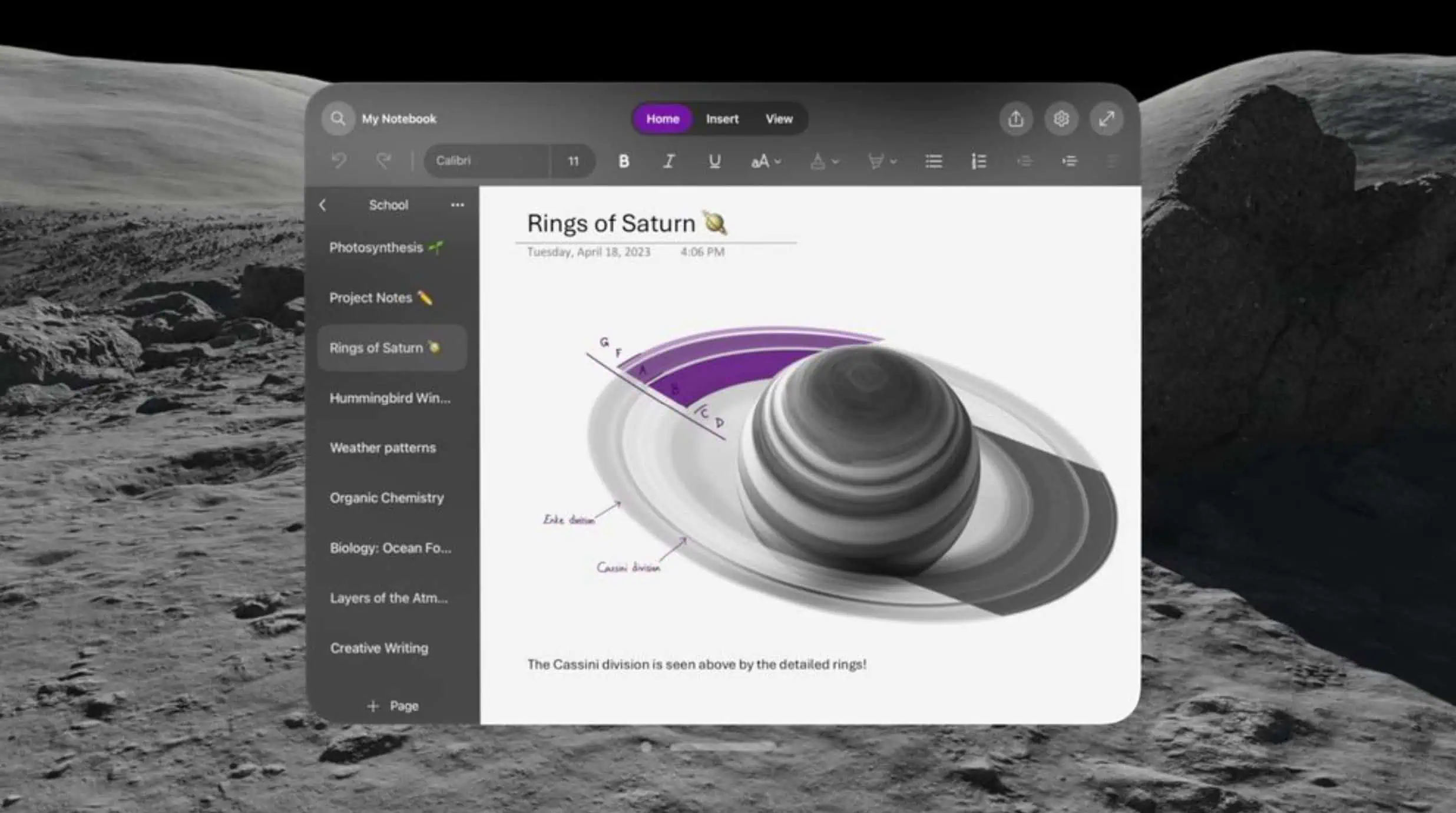Steve Ballmer, Terry Myerson And Others Answers Analysts Questions On Nokia/Microsoft Deal
10 min. read
Published on
Read our disclosure page to find out how can you help MSPoweruser sustain the editorial team Read more
Microsoft today posted the full transcript of the webcast in which Microsoft CEO Steve Ballmer, Terry Myerson, Stephen Elop and others discuss Nokia/Microsoft deal and answers questions from analysts.
Here is the full transcript of Q&A.
STEVE BALLMER: Fantastic. Chris, I think that pretty much wraps up and we would love a chance to take some questions.
OPERATOR: Walter Pritchard, Citigroup, your line is open.
WALTER PRITCHARD: Great. Thanks for taking the question. Steve Ballmer, on the tablet side, obviously, we could say many of the same things as you’ve put into this slide deck as rationale for doing an acquisition on the phone side as we could say about the tablet side including picking up more gross margin.
I’m wondering how this transaction impacts the strategy going forward in tablets and whether or not you need to, in a sense, double down further on first-party hardware in the tablet market. And then just have one follow up.
STEVE BALLMER: Okay. Terry, do you want to talk a little bit about that? That would be great.
TERRY MYERSON: Well, phones and tablets are definitely a continuum. You know, we see the phone products growing up, the screen sizes and the user experience we have on the phones. We’ve now made that available in our Windows tablets, our application platform spans from phone to tablet. And I think it’s fair to say that our customers are expecting us to offer great tablets that look and feel and act in every way like our phones. We’ll be pursuing a strategy along those lines.
STEVE BALLMER: Tablets is an area where we absolutely have our own first-party hardware, as you know, and see opportunities to continue to build and strengthen. And it’s an area where we have very strong programs in place with our OEMs, particularly on the Intel Atom-processor-based product lines that people will really get a lot of value on, and you’ll see a range of new products coming for the holiday season.
WALTER PRITCHARD: And then, Terry, can you talk about just the ability to scale Windows down? Obviously, Nokia has a large base of very low-price feature phones. That base may be sort of dwindling over time, but you’ve been cost-reducing Windows, the specs and so forth, to be able to get Windows down to low-price devices. Can you talk about any efforts to accelerate that process given potentially access to a much bigger pool of low-cost phones that are out there already?
TERRY MYERSON: It’s definitely a priority for us to bring Windows to as many customers as we can around the world. Lower-price phones is a strategic initiative for the next Windows Phone release, but we have nothing more really to say now.
STEVE BALLMER: Operator, we’ll move to the next question please, thanks, Walter.
(Break for direction.)
OPERATOR: Our next question is from Mark Moerdler from Sanford Bernstein, your line is open.
MARK MOERDLER: Thank you. Steve Ballmer, two questions: The first one is how does this affect the reorg? Given hardware was in one group and operating systems in another, software in another, does the Nokia device — does the merger affect that? Does it merge into the hardware business, and hardware/content device group? Or does this now change that? And then I have a follow up.
STEVE BALLMER: No, the reorg is absolutely intact. Obviously, the devices business has a broader scale and new capability. Julie Larson-Green, who is running devices and studios is flat out. We’ve got a lot of work we’re doing here over the next several months. And Julie and her team will work on a planning and integration phase. Julie will continue. She’s excited about working on devices, but absolutely, the critical mass of the group with that acquisition is in the phone space, and Stephen Elop will run the group and will take the appropriate steps with Julie working with Stephen to figure out appropriate integrations.
MARK MOERDLER: Excellent. And then as follow up on it, what’s your expectation going forward in terms of — I just want to clarify this — the percentage of Windows Phones that will be from OEMs?
STEVE BALLMER: Today, Nokia, as I said, is well over 80 percent of all of our phones, and I don’t foresee that changing dramatically in the short run, but as the market grows, I expect to see additional percentages, if you will, go to our OEMs, but it’s premature to predict today. We definitely have interest from OEMs in the Windows Phone opportunity given that people understand we’re going to blaze the trails here with our own first-party hardware.
MARK MOERDLER: Thank you very much, appreciate it.
CHRIS SUH: Thanks, Mark. I just want to remind you, we do want to get to as many questions from as many of you as we can. So I do ask that you please just stick to one question and avoid long or multi-part questions, please. Operator, next question, please.
OPERATOR: Brent Thill, UBS, your line is open.
BRENT THILL: Thanks. Just on the cost rationalization. Nokia has 32,000 employees versus Microsoft at 99,000. A considerable bulk of employees. Can you just talk about the rationalization over time and your view how that plays out?
STEVE BALLMER: Amy will take it. I do want to highlight that in many hardware companies, manufacturing labor is primarily outsourced. And Amy can remind us the numbers, but in Nokia, there is more in-sourced manufacturing. Nokia has had a strategy about that that, obviously, they’ve executed very well. But you kind of have apples and oranges a little bit between the 32,000 and our almost 100,000. But Amy, why don’t you provide some context and detail?
AMY HOOD: Sure. Thanks, Brent. About 18,000 of those 32,000 employees are really directly a part of the manufacturing business. And so I think a better way as you think about the scale and opportunity is to really focus on the percentage of Nokia outside of that.
I actually think both Steve and Stephen did a thoughtful job in the execution slide about talking really about the philosophy we’re using as we go through the integration process around the benefits of the incremental sales force that we’re getting with Chris and his team, as well as really going through and being thoughtful about the rationalization so that we get to one voice, one brand, one team that can best execute and be efficient.
CHRIS SUH: Thanks, Amy. Thanks. Next question, please, operator.
OPERATOR: Keith Weiss, Morgan Stanley, your line is open.
KEITH WEISS: Thank you guys for taking the question. You guys have talked about the success and the partnership to date in putting out some really good products. I was wondering, Steve, perhaps you could give us some concrete example of what does the acquisition enable you to do that you guys couldn’t do through the partnership? And maybe give us some more concrete examples there. Or is that maybe not the point? Maybe the point is more so that this really solidifies Microsoft’s presence in the smartphone market, and this is more about ensuring that you guys are going to be a presence here for a long-term basis.
STEVE BALLMER: Well, the latter is certainly true. We see at least three distinct opportunities to do better as one company than as two.
No. 1, we talk about one brand and the unified voice to the market. I will say that I think we can probably do better for consumer name than the Nokia Lumia Windows Phone 1020. And yet, because of where both companies are and the independent nature of the businesses, we haven’t been able to shorten that. Just take that as a proxy for a range of improvements that we feel we can make, we can simplify, the way in which we work with operators and the overall consumer branding and messaging gets much simpler. That is an efficiency of being one company.
On the innovation front, we’ve done a lot of great work together, and yet as two companies, there’s always some lines along which it’s hard to innovate. The Lumia 1020 is awesome in terms of what it has for camera and imaging, and yet I think as one company we would have doubled down on that bet and made an even greater range of software and services investments around the core hardware platform.
Third, I think we get business agility. As two companies, we’re making two independent sets of decisions about where and when and how to invest by country, by operator, by price point, and there is, let me say, an inefficiency financially as well as a lack of agility that comes with that.
So in all three of those areas, despite the fact that I think we’ve done a really good job, we can improve and accelerate quite noticeably.
KEITH WEISS: Excellent, thank you.
CHRIS SUH: Thanks, Keith. Operator, I think we have time for two more questions, next question, please.
OPERATOR: Rolfe Winkler, Wall Street Journal, your line is open.
ROLFE WINKLER: Hi, you guys have 15 percent, a fairly aggressive market share assumption for where you guys are going to go in a few years. I guess I’m wondering, to get there, one thing you’re going to need is a lot of developer support. Developers already have iOS, Android — you can make an agreement that HTML5 over the next few years will grow, that will give them the third development platform. How will you guys convince them to develop for Windows Phone?
STEVE BALLMER: Terry, why don’t you talk a little bit about developers, if you don’t mind?
TERRY MYERSON: Well, for developers today, Windows offers an incredible opportunity with the install base of PCs, phones, and tablets, and soon the new Xbox One. We want to offer them this opportunity to build either HTML5 applications or native applications that span all of those devices, enabling them to reach segments of users on those devices, users in an enterprise, users on a gaming console, and just provide them very unique opportunities to monetize their application investments.
So we’re pretty excited about the platforms we’re bringing to market. Developer reception in some areas is certainly better than others, but overall we’re making progress, and we know we’ve got a lot more work to do.
STEVE BALLMER: One of the keys, of course, is driving volume. We think we have differentiated products. We can tell the story a little bit better. We can get the volume up, and we have over 160,000 applications in the store. We know we have a long way to go, and the key is really offering with our own first-party applications and first-party hardware, enough reasons to buy to drive volumes and then attract the broader developer ecosystem.
Obviously, HTML5 would be kind of a neutral thing. I would expect all the major platforms to embrace it to some extent. And in some senses, it takes away a little bit of the apps barrier to entry, which we know we need to work hard on right now.
CHRIS SUH: Thanks. Operator, let’s move to the last question, please.
OPERATOR: Our last question comes from Rick Sherlund.
RICK SHERLUND: Thanks. I wonder if you could just share with us whether ValueAct was made aware of this before they entered their cooperation and standstill agreement.
STEVE BALLMER: Brad, do you want to take that?
BRAD SMITH: The answer is no. You would not expect the company to disclose material, non-public information to an entity that doesn’t have an appropriate non-disclosure agreement. So the answer is no.
RICK SHERLUND: Okay, thank you.
CHRIS SUH: Okay, so that will wrap up our call today. Thank you, again, for joining us. We look forward to seeing many of you at our financial analyst meeting, which will be held on Sept. 19. Thanks again.


